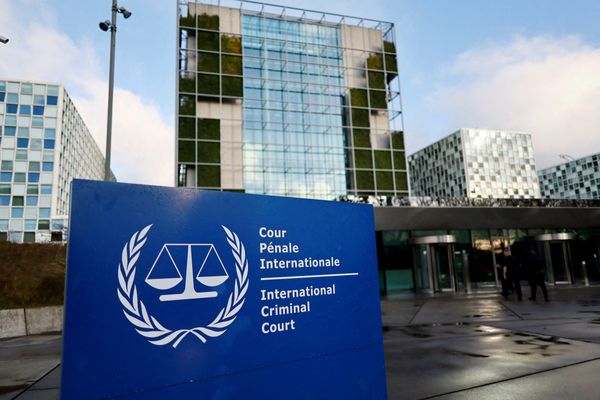
Multiple Earthquakes Rock Hawaii and Southern California
Two separate earthquakes struck Hawaii and Southern California on the same day, causing a significant jolt and unsettling residents. The first tremor, a magnitude 5.7 earthquake, rattled the Big Island of Hawaii, while the second, a magnitude 4.6 quake, shook parts of Los Angeles.
The earthquake in Hawaii occurred near the world's largest active volcano, Mauna Loa. It struck with power, cutting off power to nearby communities. Fortunately, there were no reports of serious injuries resulting from the quake.
In Southern California, residents also experienced a strong jolt when the magnitude 4.6 earthquake hit near Malibu. The epicenter was located approximately three miles northwest of the popular El Matador State Beach. The seismic event was felt throughout a large portion of Southern California and prompted over a dozen aftershocks. These subsequent tremors caused items to shake off shelves and buildings to rattle.
Eye-witnesses shared their accounts of the earthquake, recounting the frightening moments. Reports described window sills and glass shaking back and forth, causing concerns about potential damage. One individual present at a mall near Malibu shared their experience of feeling a sudden kaboom-like sensation while standing near the glass-fronted candy store. Fortunately, there were no major damages reported following the earthquakes.
Local seismologist, Dr. Lucy Jones, reminded residents that each earthquake in California carries a 5% probability of being followed by a larger aftershock within the next few days. If this were to occur, the initial earthquake would be renamed a foreshock, and the subsequent, larger earthquake would be considered the main shock. However, it is essential to note that this possibility is still a minority occurrence compared to the overall seismic activity.
Videos captured the moment the earthquake hit Southern California, providing a glimpse into the intensity of the tremor. Despite the strong jolt felt by many, there were no significant damages or injuries reported in relation to either quake.
Both Hawaii and California are regions that frequently experience seismic activity due to their geographical locations. The Pacific Ring of Fire, an area characterized by frequent earthquakes and volcanic eruptions, encircles much of Hawaii and the West Coast of the United States, making them susceptible to such events.
Officials and scientists continue to monitor the situation closely, reminding residents to remain prepared and vigilant in the event of any future seismic activity. It serves as a reminder of the importance of emergency preparedness in these earthquake-prone areas, where readiness can make a significant difference in minimizing potential damages and ensuring personal safety.







